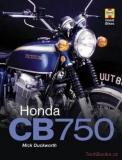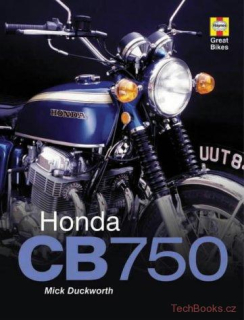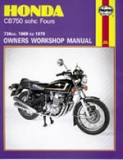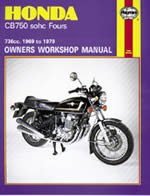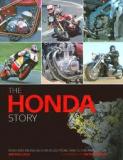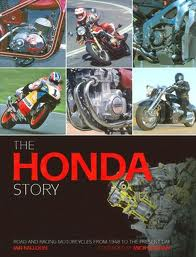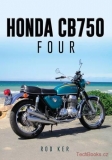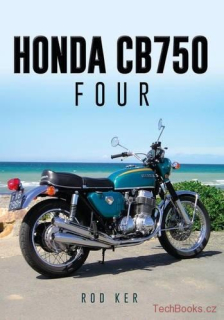Úvod »Automobily nákladní a tahače»_Požární technika » Honda CB750 Gold Portfolio 1969-1978
Anotace
The Honda Motor Company was founded in 1948 in Japan by Soichiro Honda who was the son of a blacksmith. He was the manufacturer of piston rings and saw the opportunity to manufacture cheap powered bicycles for a transport starved public. The piston ring company was sold and bicycles fitted with a 50cc clip-on engine that ran on turpentine were put into production by the new company. These motorised bicycles were a great success, so the ambitious and forward thinking Soichiro began to have ideas for even larger machines. During the 1950's, he produced a variety of very good machines that were influenced by German technology, and for the time, looked incredibly old fashioned. There was a good deal of NSU ideology to be seen in the mid to late fifties products but by 1958 significant changes were taking place in Honda’s ultra modern factories. The machines coming off the assembly lines were now more advanced than many a European design and Soichiro Honda decided to go motorcycle racing, in particular on the Isle of Man at the TT. During the first part of the 1960's, ultra modern roadsters of 50cc, 124cc, 250cc and 305cc were produced in huge numbers and exported all over the world. A range of fabulous racing bikes of multicylinder configuration were developed with the fours and sixes, with their in-line across-the-frame layout, beating all the opposition and setting the style for the roadsters of the future. A twin cylinder double overhead camshaft twin called the CB450 Dragon appeared in 1965 hinting at racing technology. It alarmed European manufacturers but it was rather expensive and did not sell very well, much to their temporary relief. The future truly arrived in 1968 at the Tokyo Motor Show when, after some three years of speculation, Honda announced not a 500/4 as had been expected, but a 750cc 4 cylinder model. The machine had the air-cooled in-line across the frame engine layout that was to become a classic with overhead camshaft and a hydraulically operated disc front brake. The world gasped as this was the stuff of which racing bikes were made of and yet it was affordable although not cheap. In twenty short years, Soichiro Honda had not only moved on from antiquated mopeds to four cylinder technological marvels, but had now written a new chapter in the history of the motorcycle. From now on, motorcycling would never be the same again and where Honda led, the rest of the world would follow. It couldn’t afford not to. Models covered: Automatic, Super Sport, K2, K3, K5, K6, K7, F1, F2 & 960. 172 pages, over 300 illus.














